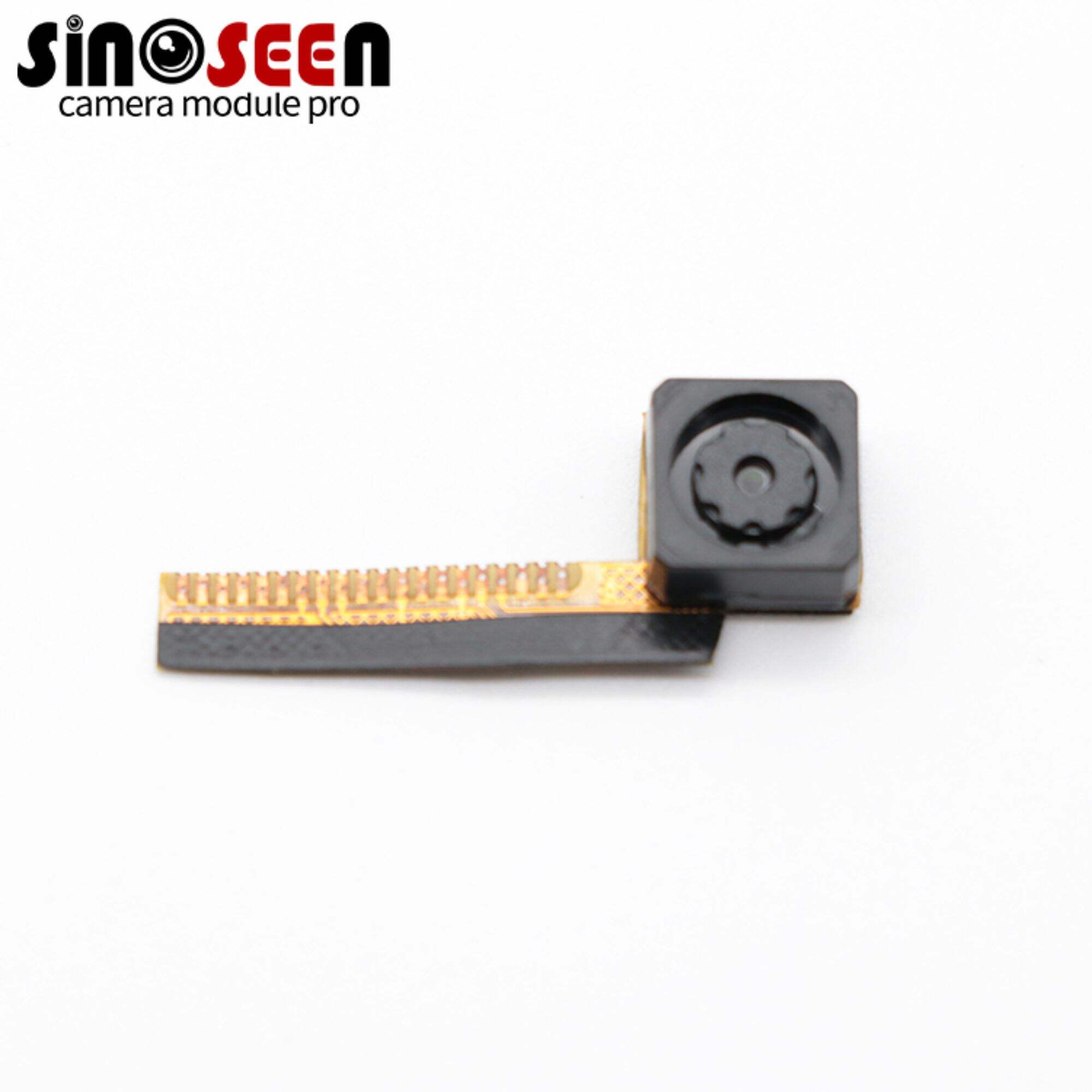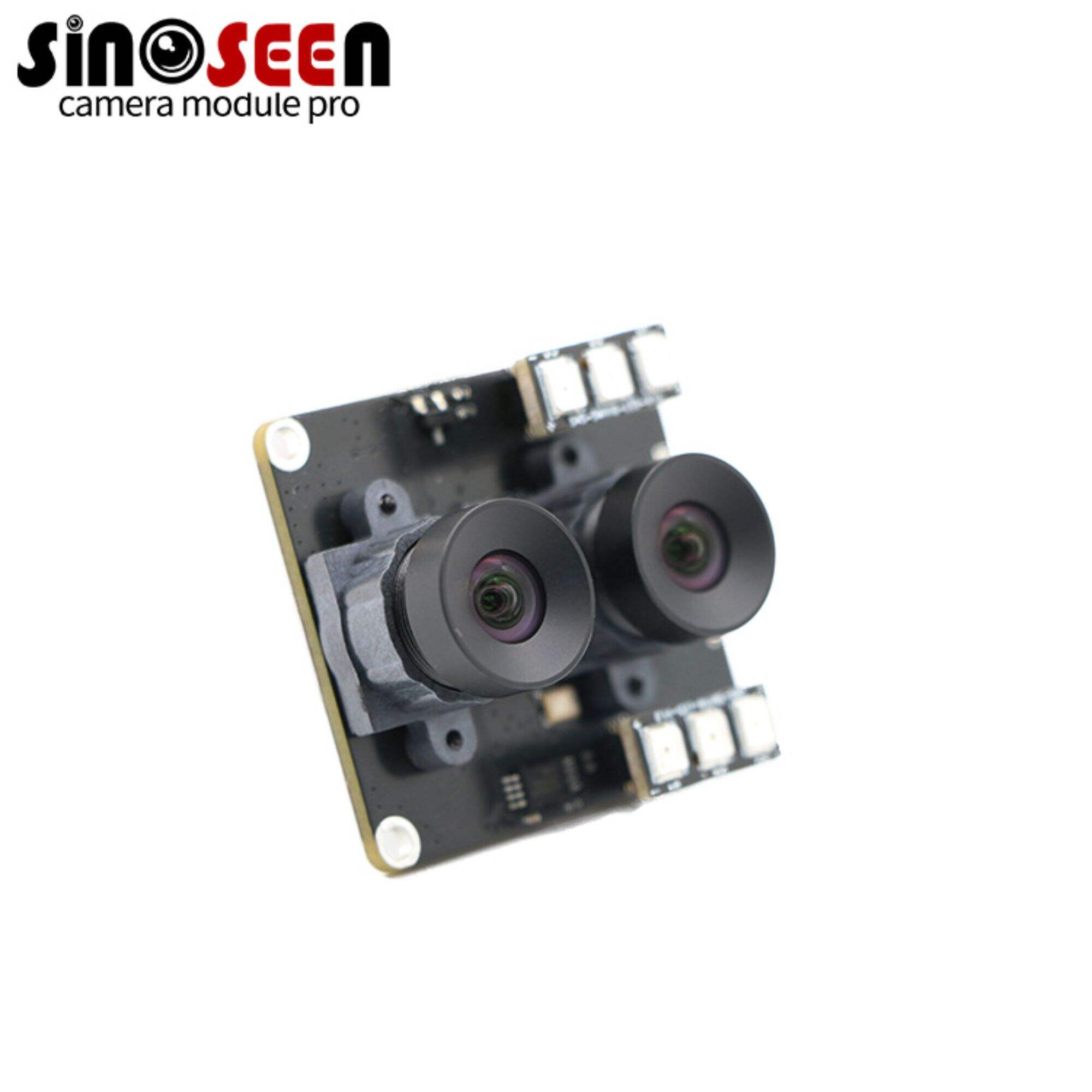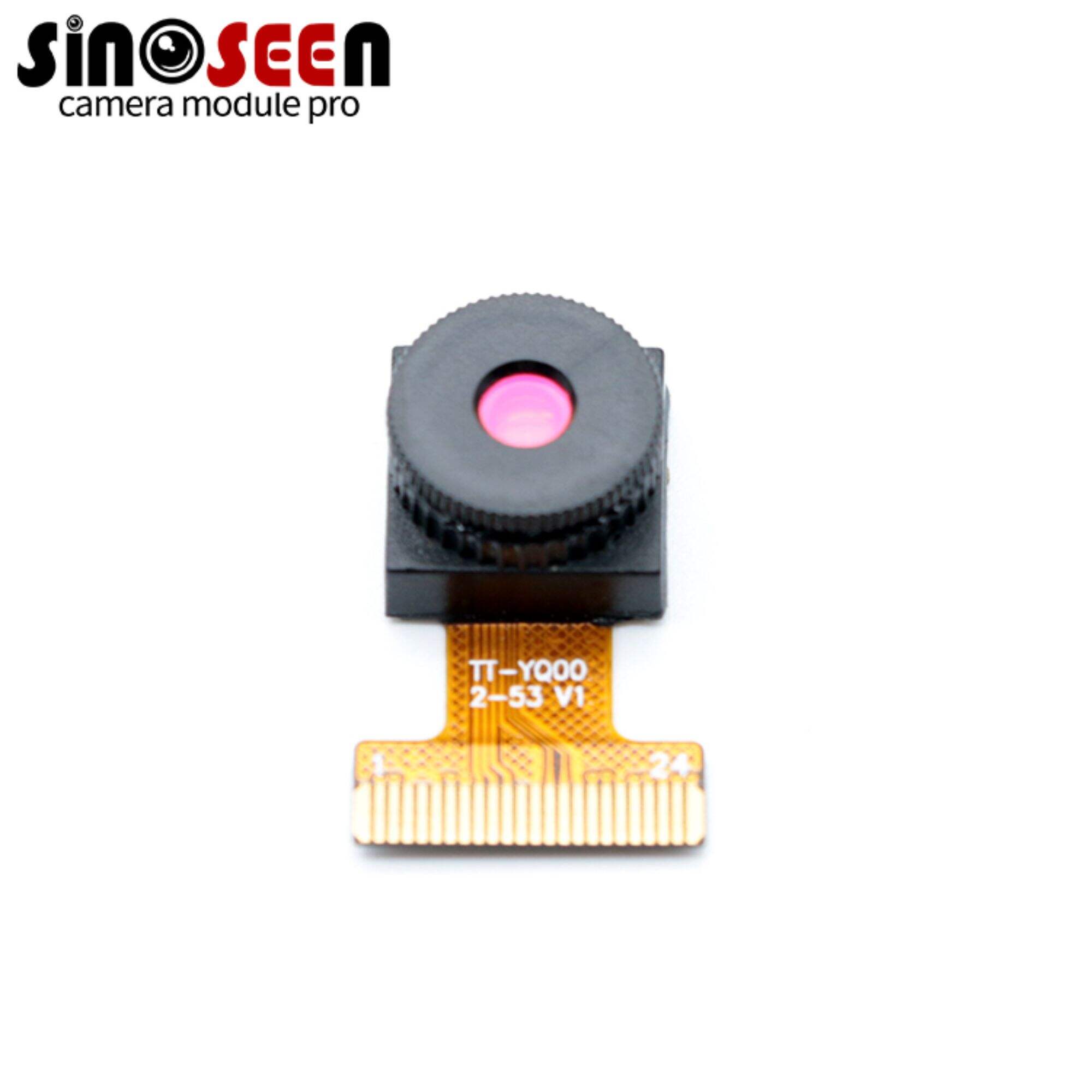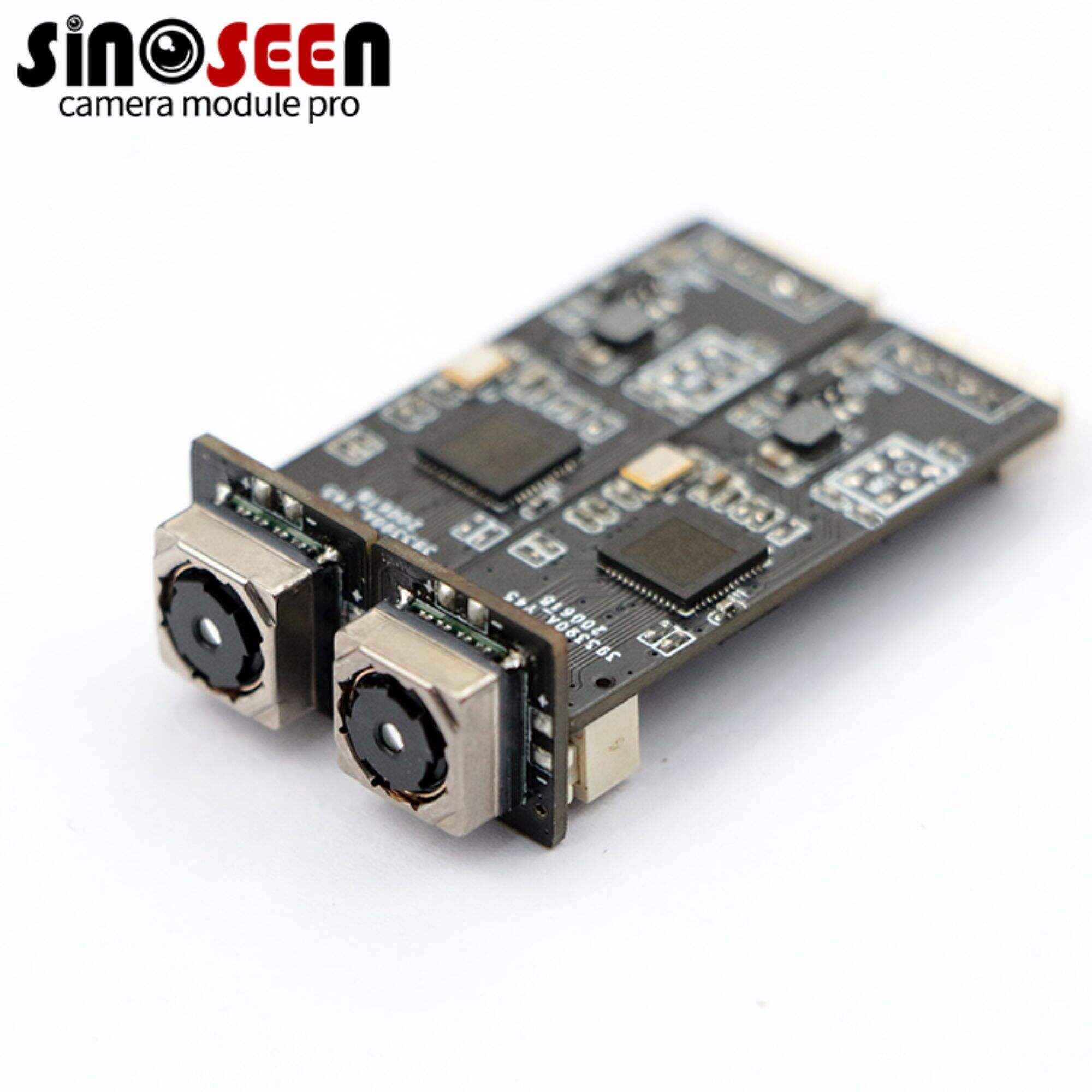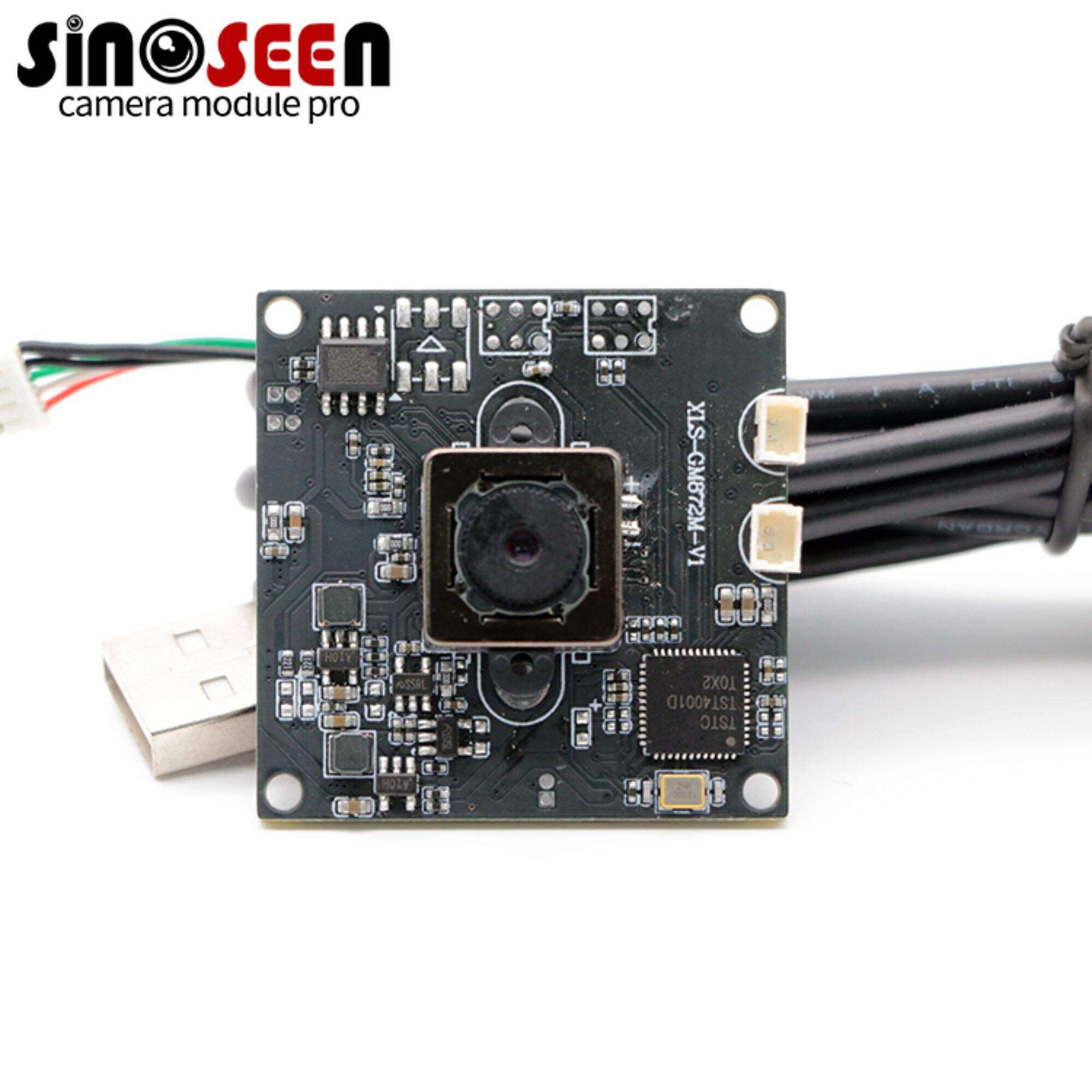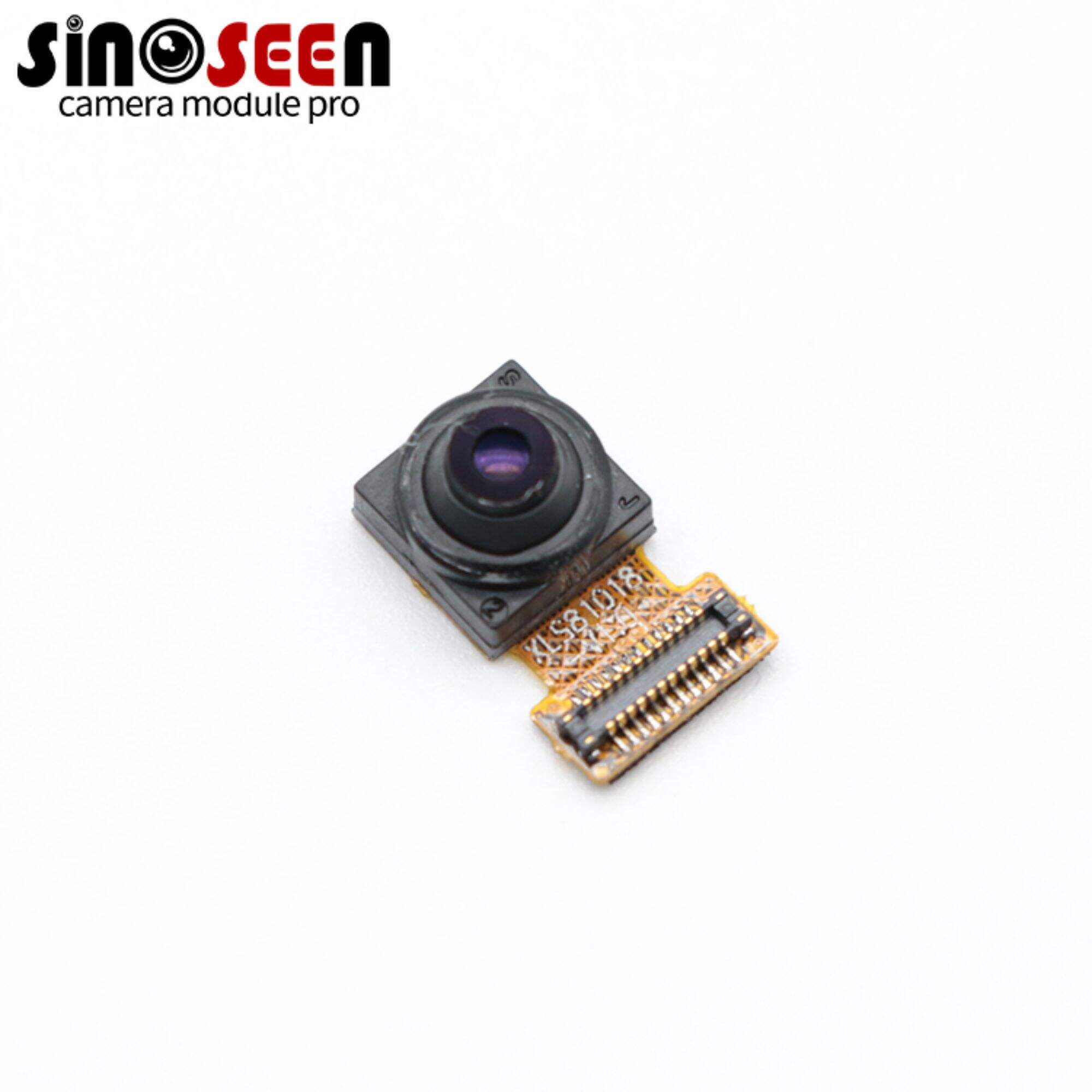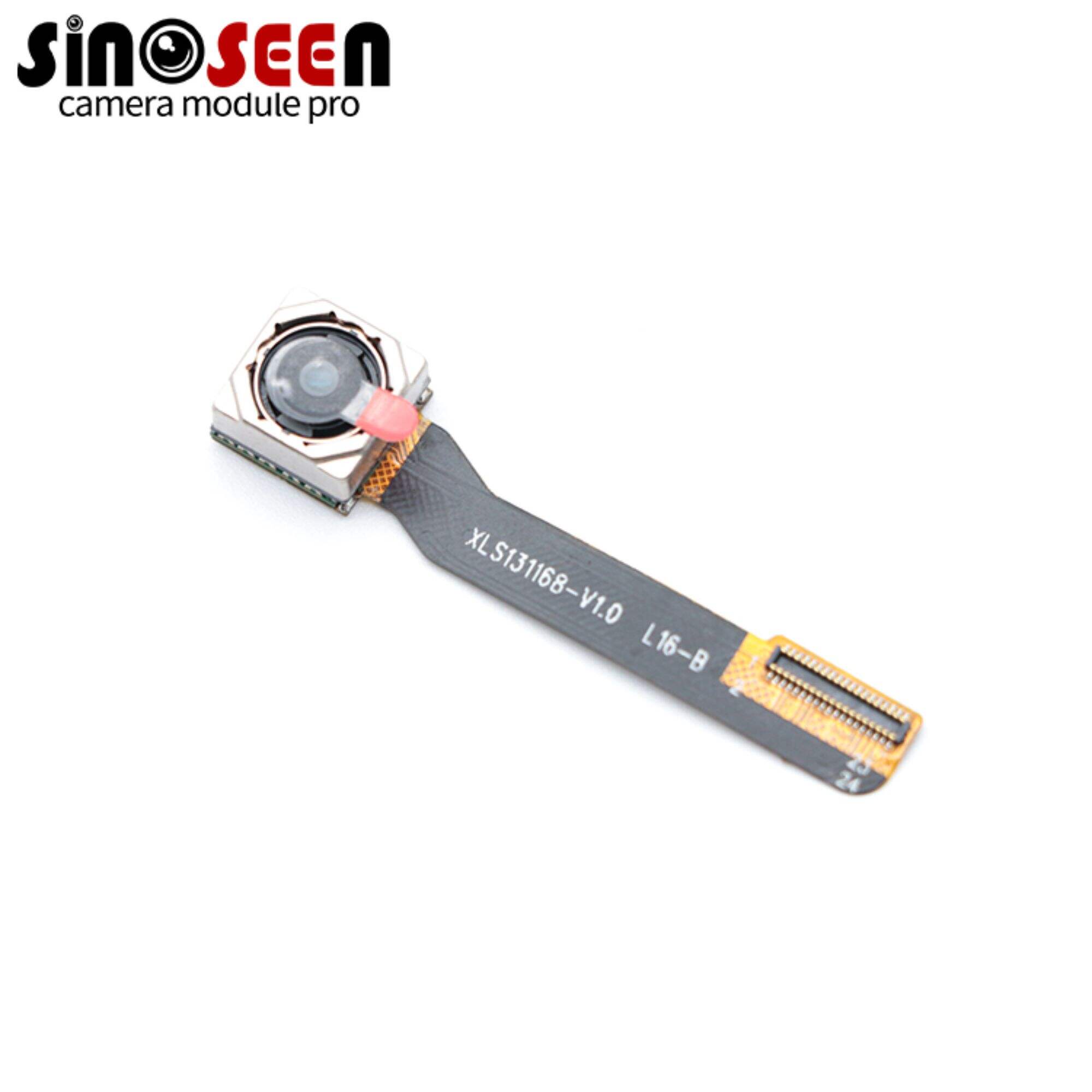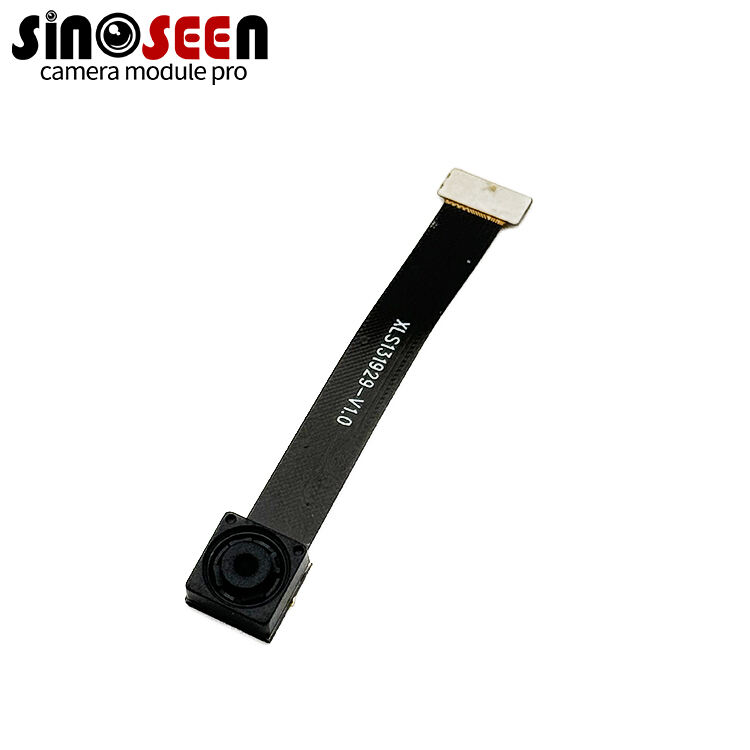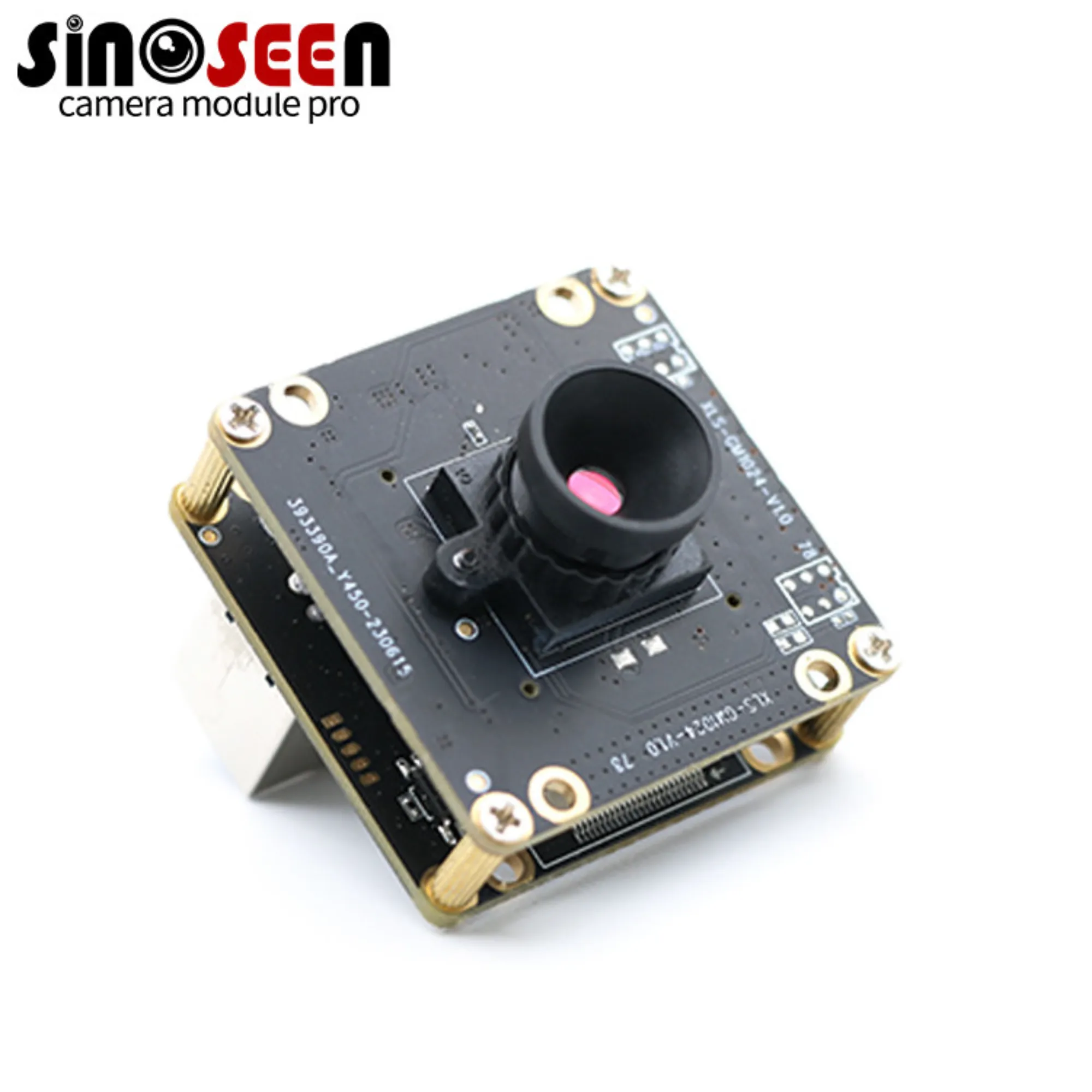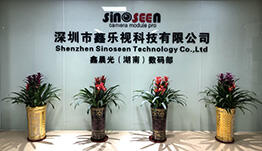what is Lens Vignetting?the types and causes of vignetting
In embedded vision systems, a common and often overlooked optical phenomenon known as lens vignetting affects image quality. It causes the brightness of the image's edges to gradually decrease, creating a distinctive "dark corner" effect. While this may be an aesthetic choice in consumer photography, it's a crucial pain point in machine vision applications.
As a consultant specializing in camera modules, this article will delve into the causes and types of vignetting, as well as its importance in embedded vision. We'll explore how to effectively control and correct this phenomenon to ensure vision systems capture the most accurate and reliable data, providing a solid foundation for applications ranging from industrial automation to medical imaging and even security surveillance.
What is lens vignetting? A deep dive into the definition of vignettes
Lens vignetting is an optical phenomenon in which the center of an image appears brighter than the edges. This uneven brightness reduction results in a gradual darkening effect at the corners or edges of the image. It's not caused by underexposure, but rather by light being blocked by optical or mechanical components as it passes through the lens system.
Understanding the nature of vignetting is fundamental knowledge for all embedded vision engineers. It directly impacts the reliability of image data and the accuracy of subsequent processing. According to the definition of vignettes, vignetting can be understood as the attenuation of light from the center to the edges of an image during imaging. This attenuation is typically smooth and gradual, a common and predictable physical law in optics.
The severity of vignetting is often measured in "stops of light," with each stop representing a halving of brightness. For machine vision, even mild vignetting can cause a decrease in the signal-to-noise ratio (SNR) of image data at the edges, thereby impacting algorithm performance.

What are the types and causes of vignetting?
There is no single cause for vignetting; it can be broadly categorized into four types:
Mechanical vignetting: This is caused by physical obstructions in the camera system, such as mismatched lens hoods, filter rings, or lens barrels. These obstructions can directly block light when entering at extreme angles. For example, using a lens hood designed for a telephoto lens on a wide-angle lens can result in significant mechanical vignetting.
Optical vignetting: This is caused by the physical limitations of the lens' internal components. When light passes through a lens at large angles, the aperture, size, and position of the lens' internal components block some light from reaching the edges of the sensor. This type of vignetting decreases as the aperture is narrowed and is most noticeable at maximum aperture.
Natural vignetting: This is an unavoidable physical phenomenon that follows the cos⁴θ law. Even in an ideal, unobstructed lens system, light intensity decreases as the angle of incidence (θ) increases. This is particularly noticeable in wide-angle lenses and large sensor sizes, and is an inherent property that cannot be completely eliminated through physical design.
Pixel vignetting: This occurs due to the difference in the angle of light received by edge pixels compared to center pixels. This difference results in a darkening effect on corner pixels due to a slight reduction in the amount of light captured. Unlike optical vignetting, pixel vignetting is an inherent characteristic of the sensor design and is not affected by adjusting the aperture setting. This means that while vignetting is typically associated only with lenses, it can also occur due to sensor characteristics.
What is vignetting in photography?
Photographers often view vignetting in photography as an artistic expression. They can use it to highlight subjects and create atmosphere. However, in the embedded vision field, the situation is quite different. For machine vision systems that must perform precise measurements, vignetting is a defect that seriously impacts data consistency. It can cause objects in edge areas to be misidentified due to insufficient brightness, or it can lead to skewed color and brightness analysis results.
Photography pursues visual beauty and emotional expression, while machine vision strives for data consistency, repeatability, and accuracy. For an AI algorithm, subtle differences in brightness between the edges and center of an image can be misinterpreted as variations in the object's color or texture, resulting in incorrect judgments. Therefore, in embedded vision, vignetting is not an option but a must-solve problem.

Significance in imaging and optical applications. Understanding the pain points of the vignetting effect
In embedded vision and optical applications, the negative impact of vignetting cannot be ignored. Vignetting disrupts image uniformity, causing variations in brightness, contrast, and color across different image regions. This poses significant challenges for tasks such as color calibration, image stitching, and object tracking.
A direct consequence of vignetting is a reduction in the signal-to-noise ratio (SNR) at image edges, resulting in poor image quality and loss of detail in these areas. Vignetting is a significant pain point for applications that require precise edge capture, identification of subtle defects, or color measurement. For example, in industrial quality inspection, a tiny flaw at the edge of an image may go undetected by the algorithm due to insufficient lighting, leading to missed product inspections.
In 3D reconstruction applications, vignetting can also cause bias in depth perception algorithms, resulting in distortion in reconstructed 3D models at the edges. Therefore, addressing vignetting is an essential step in any embedded vision system with stringent image quality requirements.
How to Control and Reduce Lens Vignetting? Vignette Camera Selection and Calibration
Controlling and reducing lens vignetting is a systematic process that requires simultaneous efforts at both hardware design and software calibration.
Hardware Solution
- Lens Selection: Choose a high-quality, well-designed lens. Prime lenses generally offer better vignetting control than zoom lenses. The image circle of the lens should be larger than, or at least equal to, the size of the image sensor being used.
- Aperture Control: Appropriately reduce the aperture (also known as "stopping down"). For optical vignetting, stopping down the aperture effectively reduces the probability of light being blocked by lens elements, thereby reducing the degree of vignetting. However, be aware that excessively stopping down the aperture can introduce diffraction effects, which can actually reduce image clarity.
- System Matching: Ensure that the lens is fully compatible with accessories such as the camera module and filters to avoid mechanical vignetting.
Software Solution
- Flat-Field Correction (FFC): This is the most common and effective software correction method. Its core concept is to create a "correction map" for vignetting. First, capture a white or gray reference image under uniform light (the flat-field image). Next, capture a dark-field image under no light conditions (the dark frame image). Using these two reference images, the algorithm can calculate the brightness attenuation coefficient for each pixel and perform inverse compensation on all images in subsequent image processing.
- Look-Up Table (LUT): In some systems with high real-time requirements, correction coefficients can be pre-calculated and stored in a LUT, sacrificing some memory in exchange for faster processing.
When selecting a vignette camera for an embedded vision system, engineers should fully consider the lens's vignetting characteristics and plan a software correction solution in advance.
Vignetting in Embedded Vision Systems
In embedded vision systems, vignetting is by no means a negligible issue. It directly impacts system reliability and accuracy. Whether used for defect detection in industrial automation or facial recognition in security surveillance, an image contaminated by vignetting can cause the machine vision algorithm to fail.
Therefore, understanding lens vignetting and implementing effective correction methods are essential for building a high-performance, highly reliable embedded vision system. When developing an embedded vision system, vignetting correction should be considered a core function. Selecting a high-quality lens, combined with a precise flat-field correction algorithm, is the perfect combination for solving this problem.
A successful embedded vision solution relies not only on the power of its algorithms but also on the reliability of its underlying hardware and image data. Lens vignetting control and correction are crucial for ensuring data reliability and are a challenge that all vision system engineers must address during product design and implementation.
Muchvision offers vignetting correction solutions
Are you also facing the challenge of uneven brightness around image edges in your embedded vision projects? Contact our expert team today and we will provide you with professional lens selection and vignetting correction solutions to ensure your system captures the most perfect data!

 EN
EN
 AR
AR
 DA
DA
 NL
NL
 FI
FI
 FR
FR
 DE
DE
 EL
EL
 HI
HI
 IT
IT
 JA
JA
 KO
KO
 NO
NO
 PL
PL
 PT
PT
 RO
RO
 RU
RU
 ES
ES
 SV
SV
 TL
TL
 IW
IW
 ID
ID
 SR
SR
 VI
VI
 HU
HU
 TH
TH
 TR
TR
 FA
FA
 MS
MS
 IS
IS
 AZ
AZ
 UR
UR
 BN
BN
 HA
HA
 LO
LO
 MR
MR
 MN
MN
 PA
PA
 MY
MY
 SD
SD

